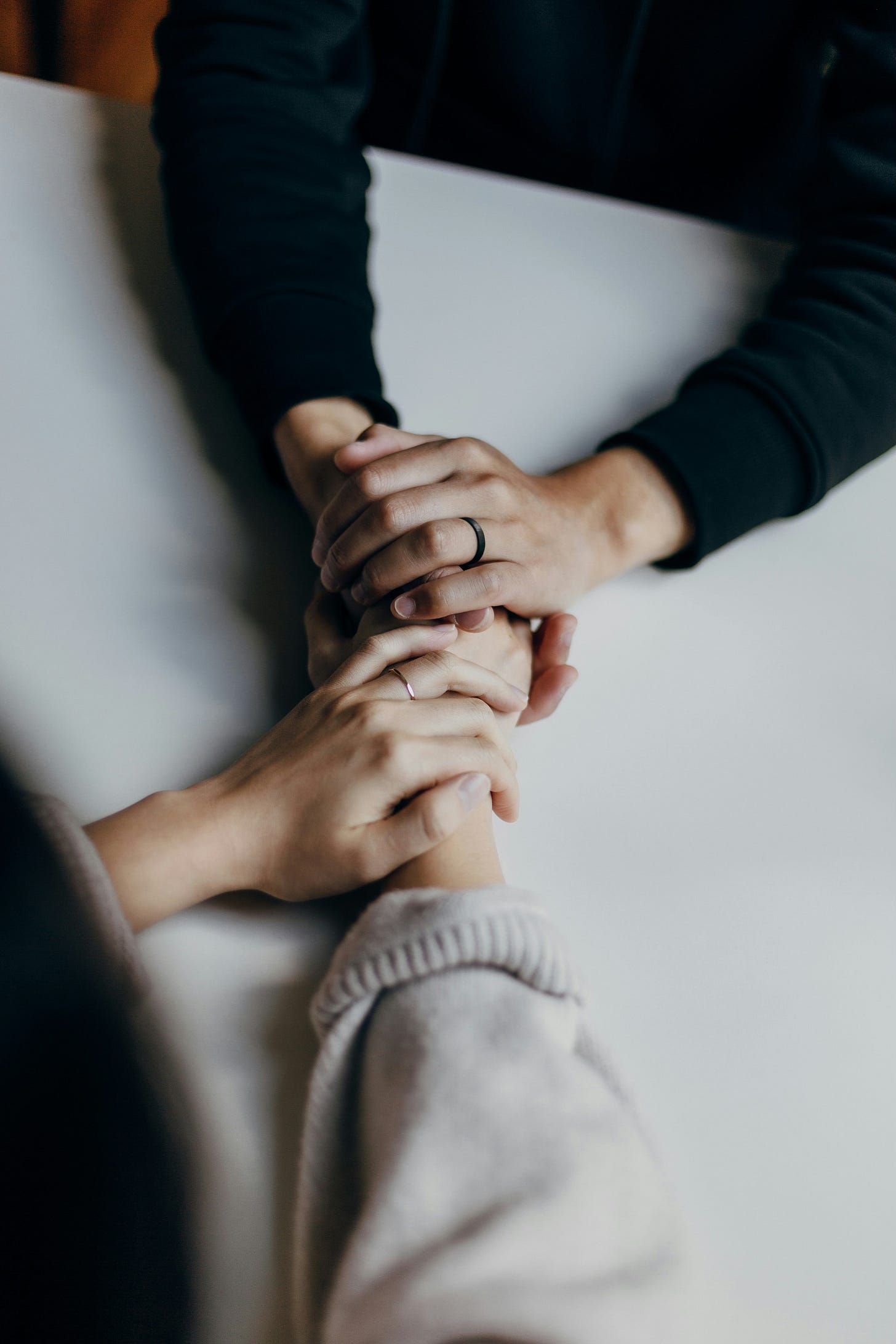How Body Language Builds Emotional Intimacy in Relationships: Insights from Therapist Patricia Bathurst, LMFT
How does body language impact emotional intimacy and relationship dynamics, according to therapist Patricia Bathurst, LMFT?
Patricia Bathurst is a Licensed Marriage and Family Therapist (LMFT) working at The Oasis Addiction Treatment Center in California. She provides therapeutic services for individuals dealing with a range of issues including addiction, trauma, anxiety, depression, relationship conflict, dual diagnosis, and LGBTQ+ issues. Her approach integrates evidence-b…
Keep reading with a 7-day free trial
Subscribe to A Further Inquiry to keep reading this post and get 7 days of free access to the full post archives.





